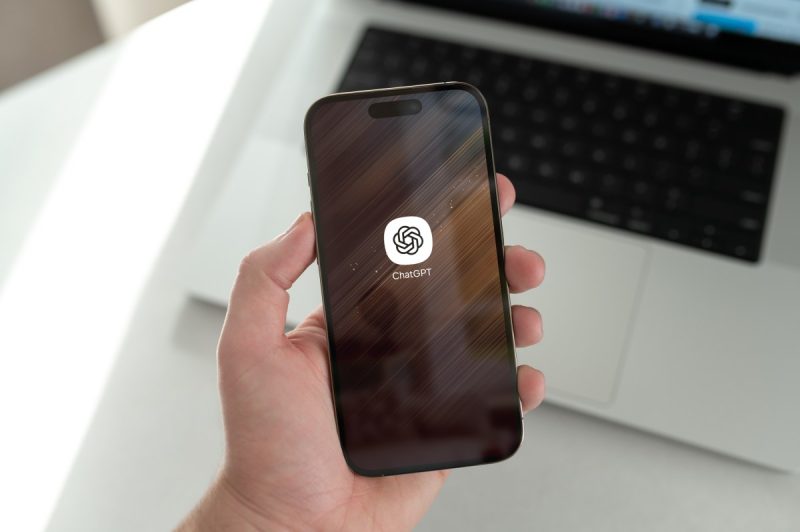
OpenAI has recently added a powerful, yet controversial, feature to ChatGPT: the ability to identify the location where a photo was taken. Simply upload an image, and ChatGPT will often pinpoint the exact location, even with blurry pictures or obscure landmarks. While this might seem like a fun novelty or a useful tool, it also raises serious concerns.
The technology behind this impressive feat lies in OpenAI’s o3 and o4-mini models. These allow ChatGPT to conduct in-depth image analysis, going beyond simple object recognition. The AI considers subtle details like signage, menus, lighting, and architectural styles to deduce precise locations. Essentially, it’s an automated, highly accurate version of the popular geolocation game GeoGuessr.
Users are already experimenting with this new capability on social media, uploading random images and challenging the AI to guess their origin. The results are often astonishing, with ChatGPT correctly identifying everything from specific bars in Brooklyn to little-known local parks. This accuracy, however, is what makes the feature so problematic.
The potential for misuse is significant. Imagine someone taking a screenshot of your Instagram story and using ChatGPT to locate you. The AI doesn’t need metadata or context; visual cues within the image are sufficient to pinpoint your location with remarkable precision. This poses a clear risk to influencers, public figures, and anyone who shares photos online without considering the potential for their location to be revealed.
Adding to the concern is the lack of safeguards currently in place. This image location feature is readily available on ChatGPT Plus without any filters or warnings. OpenAI has yet to address this potential for abuse in their security reports, a worrying omission for privacy advocates who are calling for regulation before widespread misuse occurs. What starts as a viral curiosity could easily become a tool for stalkers or those engaging in doxxing.
The ease with which ChatGPT can now geolocate images highlights a critical challenge in the development and deployment of powerful AI technologies. The need for responsible development and robust safety measures is clear, especially when considering the potential for these tools to be used for malicious purposes. The future of AI hinges on addressing these ethical concerns and preventing the misuse of increasingly sophisticated capabilities.










